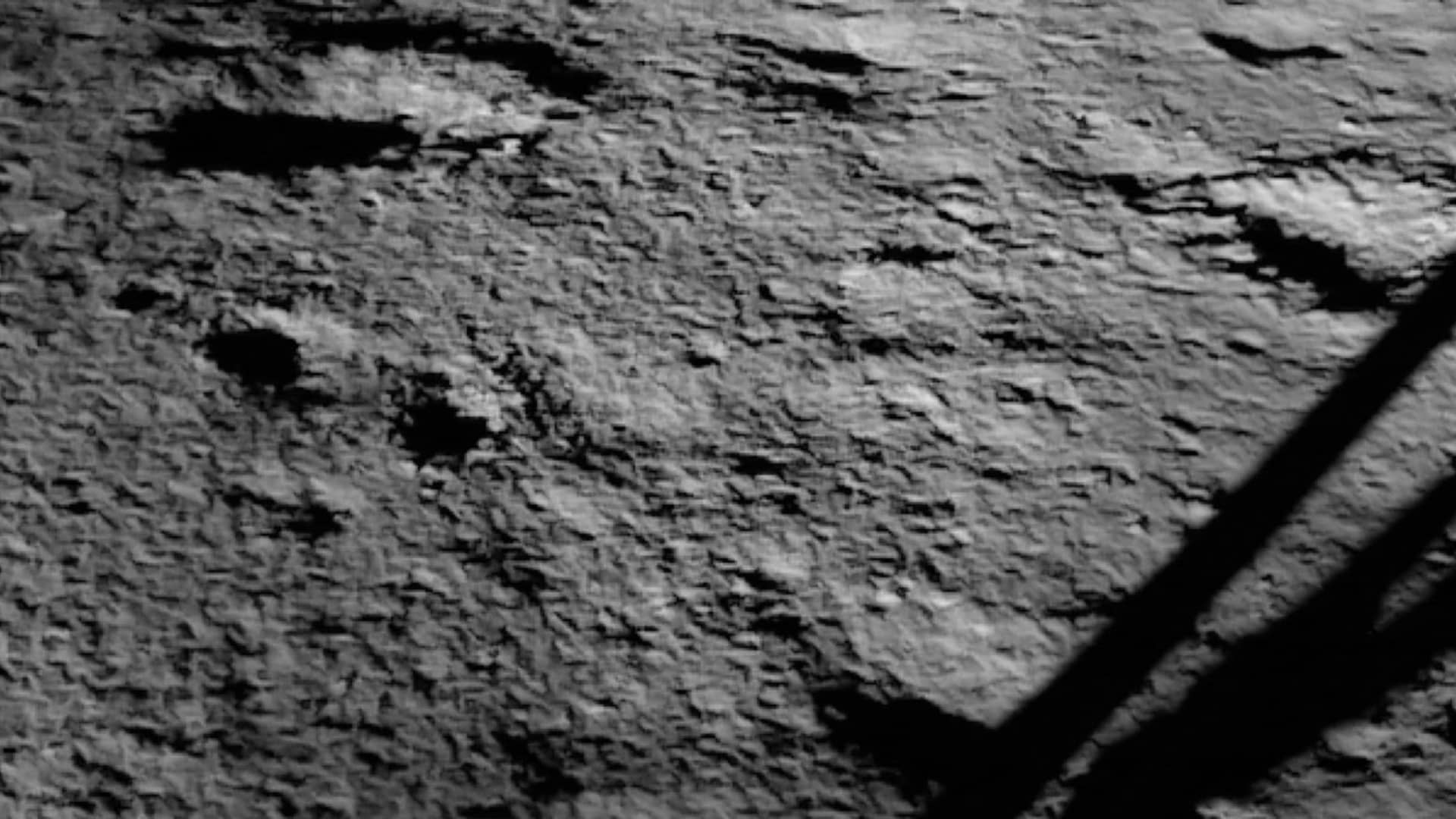The list is grim reading: Stuck, failed, missed, failed, failed, stuck, failed, crashed, missed, crashed, crashed.
Those were the fate of the Soviet Union’s first 11 attempts before successfully landing a spacecraft on the moon, according to a database compiled by Jonathan McDowell, an astrophysicist at the Harvard-Smithsonian Center for Astrophysics who catalogs space missions.
Even in the modern era — with nine lunar landing attempts since 2013 — the track record is still shaky. Before India’s success Wednesday, missions by China, India, Israel, Japan and Russia were three for eight in the past decade.
McDowell’s database showcases the monumental challenge undertaken by the 50 attempts to land on the moon, with a cheeky scoreboard that reads: Earthlings 23, Gravity 27.
India chocked up its first W against Gravity on Wednesday, after the country’s Chandrayaan-3 spacecraft safely landed on the lunar surface. The feat makes India the fourth country to successfully land on the moon, and the first to touch down near the lunar south pole.
“They should feel very proud of this accomplishment,” Jim Bridenstine, who led NASA as administrator from 2018 to 2021, told CNBC.
Perhaps the most remarkable aspect of India’s moon landing is the shoestring budget — by government standards — with which the country achieved the mission. In 2020, the Indian Space Research Organization (ISRO) estimated the Chandrayaan-3 mission would cost about $75 million. The launch was delayed two years, which likely increased the overall mission’s cost. ISRO has not responded to CNBC’s request for an updated cost figure.
But that rivals the lowest-cost lunar lander missions in development in the U.S. NASA in recent years turned to having companies compete for fixed-price contracts to build moon landers, under a program it calls Commercial Lunar Payload Services. The CLPS program has a maximum budget of $2.6 billion over 10 years, with 14 companies vying for mission contracts typically worth upwards of $70 million each.
Overall, NASA’s annual budget dwarfs that of its Indian counterpart. In 2023, the U.S. agency received $25.4 billion in funding, compared to the ISRO’s budget of about $1.6 billion. Bridenstine stressed that NASA’s much larger budget is a reflection of the “different level of capability” that the U.S. agency offers, with everything from a continuous astronaut presence in orbit to missions targeting planets, asteroids and more.
As a percentage of gross domestic product, the U.S. spends the most on space — although it still amounts to just 0.28% of GDP. That ranks well ahead of India’s 0.04% of GDP, according to a July report on the global space economy by the Space Foundation.
“India should have in its ambitions the desire to invest more and more and develop the capabilities that are more on par with the United States,” Bridenstine said.
India is increasingly seen as a top player in space geopolitically. While China has succeeded Russia as the most significant rival to U.S. influence and capabilities in space, India may yet take that third spot in the space superpower hierarchy.
“I would hope that they use [Chandrayaan-3] as an opportunity to capitalize on the success,” Bridenstine said. “They’ve got a big economy and they’re going to be able to put money into space exploration.”
“Costs are going to continue to go down, which is a very positive development for everybody who’s interested in space exploration,” he added. “And costs to get to the moon are going to go down, especially as we have more and more companies doing more and more missions.”
